18 Jan Building Responsible Landscape lighting systems
By Mike Gambino
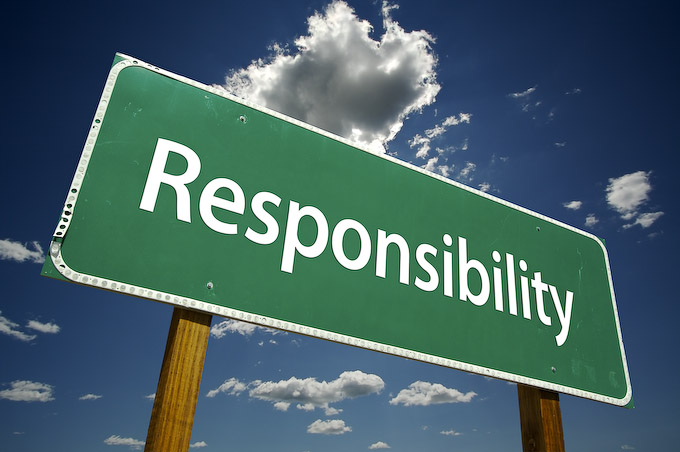 Just recently, I received an email from a long-time customer. I did not build their landscape lighting system initially, but I have been cleaning and putting band-aids on their chronically problematic system since the start of our professional business relationship. Finally we were tapped to make some major changes on a good portion of the system.
Just recently, I received an email from a long-time customer. I did not build their landscape lighting system initially, but I have been cleaning and putting band-aids on their chronically problematic system since the start of our professional business relationship. Finally we were tapped to make some major changes on a good portion of the system.
Let me quote a brief excerpt from this email: “Mike, I wanted to thank you for the rebuilding of the lighting with LED. It is so much better—looks great and there are no problems. You were right, Mike. I have not known anything other than troubles-dim lights, intermittent areas that work then don’t etc. But I have not had to change any bulbs since you rebuilt the system.” Next year we will do the same to what remains of the original system.
It seems like it was just yesterday, but looking at the calendar, I see it was more than two decades ago that I got involved in this business and saw this problem and others raising their ugly heads within the landscape lighting industry. Back in 2000, I noticed that my percentage of new installations was taking a steady plunge in comparison to renovations.
My business typically consists of 50 percent new landscape lighting system building and 50 percent renovations, remodeling and rebuilding and it really used to bother me. Why are so many people having their new lighting systems rebuilt?
Those of us who have been in the landscape lighting industry for more than awhile realize that around the turn of the century, there was a mass-marketing, all out assault on the landscape lighting consumer market. This resulted in a lot of people who weren’t necessarily qualified to design and build a lighting system getting involved in the industry. They gleefully jumped into the market and started selling landscape lighting, even though they had received little or no training or had any experience. They figured, “How tough can it be? It’s just a trench in the ground, some rubber cable and some other stuff. Right?
In all fairness, training courses were offered all over the country. Many people attended these courses, but many, many more didn’t. In a lot of cases, many of those who did attend these training courses really didn’t get much more than a bare minimum of knowledge.
The number of landscape lighting installations that needed major renovations/repairs/redos exploded in just a couple of years in the market I serve, which Los Angeles, California. I’ve heard from other seasoned pros that it occurred pretty much all across the country, and it still continues today especially so since the advent of LED lighting.
In fact LED lighting has brought a multitude of redo’s to the professional landscape lighter. The industry which is bent on selling product at any cost with their marketing message of how easy it is to do and direct sales to homeowners and non specialized contractors alike have created this market opportunity. Good for the pro , but bad for unsuspecting property owners who were fed inaccurate information.
Around the turn of the millennium, with the morale and physical support of the pioneer of low voltage landscape lighting, Bill Locklin and some good associates, we formed the Low Voltage Lighting association of the Americas (LVLIA). This not-for-profit group’s intent was to provide education and training, promote professionally designed and installed lighting and to offer the consumer a pre-screened and prequalified contractor search data base online, where they could find and hire professionals to do quality installations for them. That was the intent. Somewhere the mission lost direction, a different group got involved, changed the name of the association and in my opinion lost their way. They do nothing to educate the buying public or promote the independent specialist.
As a professional service provider, When you take on a project to build a landscape lighting system for a client, you have a professional responsibility to do a good job and leave them with a successful system. If you haven’t had any training, you’re doing your customer and yourself a disservice. I’m going to make a quick list of some of the things I’ve seen done wrong in landscape lighting installations over the years. I hope we can all learn something from them.
ONE
Poor electrical system engineering
Many, many landscape lighting systems have had to be torn out and redone because the installer had no idea how to properly distribute the low voltage power and balance it so that the lamps (light bulbs) operate at or as close to 12 volts which is what they were designed for.
TWO
transformers set improperly
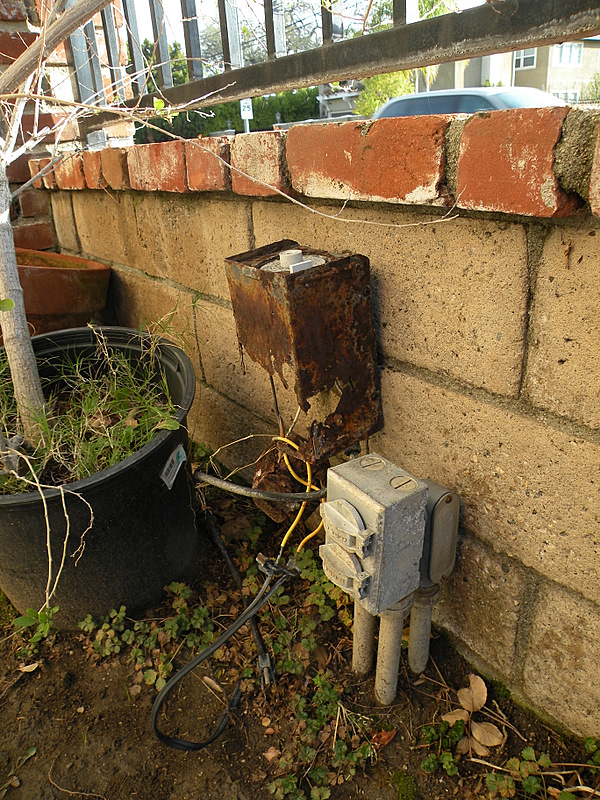
This cheap transformer is completely eaten away with rust and is unsafe. Even when new will not provide appropriate power to a professionally installed system
Many beginners don’t understand that the transformer establishes the final, voltage at each individual fixture. Guessing doesn’t work. Even with proper cable gauge choice and electrical engineered distribution or layout, voltage needs to be dialed in at the transformer. Multiple power output transformers are critical to accomplishing this and a good calibrated multi electrical meter.
THREE
Wrong cable size
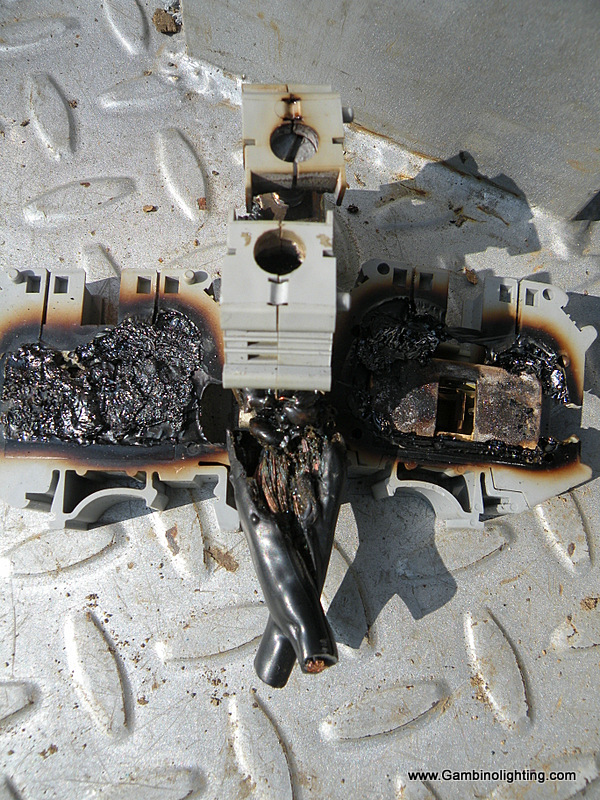 Many installers don’t realize that lighting cable gauge has maximum recommended load rates to work correctly. They do, and you need to know what they are when you design the system. Know what load capacities are the maximum recommended for the transformer as well. Putting a 20 amp load on cable designed to handle 12 amps is a major design flaw and dangerous. For one, Overloading the cable like this creates a lot of heat and could cause a fire. You are also driving the transformer too hard by restricting it in such a manner, creating heat as a byproduct and using too much electricity as a result.
Many installers don’t realize that lighting cable gauge has maximum recommended load rates to work correctly. They do, and you need to know what they are when you design the system. Know what load capacities are the maximum recommended for the transformer as well. Putting a 20 amp load on cable designed to handle 12 amps is a major design flaw and dangerous. For one, Overloading the cable like this creates a lot of heat and could cause a fire. You are also driving the transformer too hard by restricting it in such a manner, creating heat as a byproduct and using too much electricity as a result.
FOUR
Wrong connections
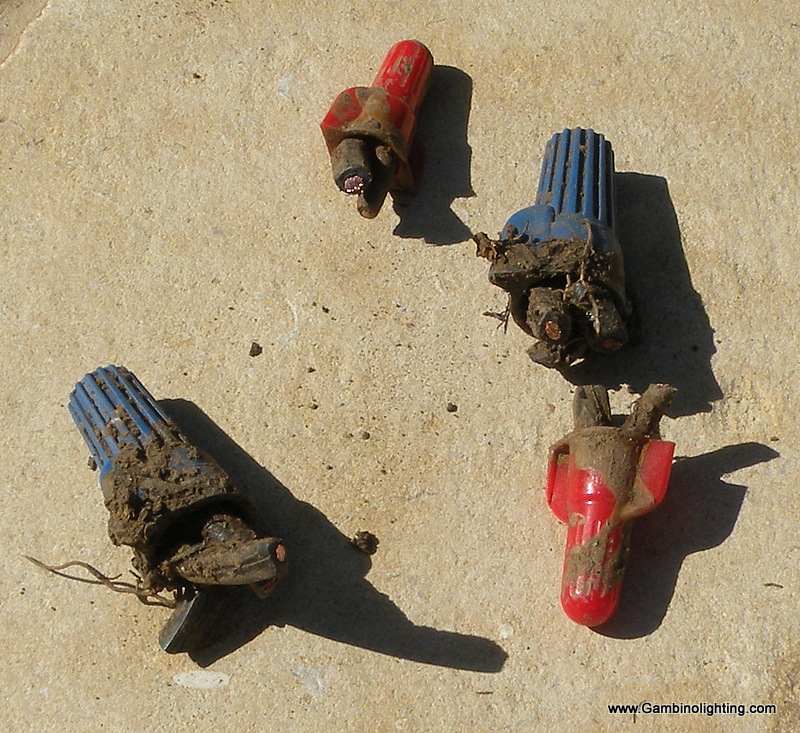
Wire nuts should never be used to connect outdoor lighting cables that are directly buried in the ground
Connections , when poorly conceived , can be the weakest link in your system. Loose connections, create heat, can melt down or create intermittent operation of the lighting. Do you see the waste and failure potential here?
FIVE
Poorly protected cable
Too many installers don’t think about cable over the years. Some don’t bother to bury it or simply throw some mulch over the top in order to cover it and avoid the labor of physically burying it. Installing it inside protective pvc pipe and burying it helps insure that it will be protected and working over time.
SIX
Not enough fixtures
Too often fixture quantities are underestimated because the designer is inexperienced or in an attempt to bring the project cost down at the expense of the projects success. This practice results in spotty lighting with areas of annoying darkness or even worse glare because fixture capabilities are stretched in an attempt to make one fixture do the job of two. Fixing this problem can be expensive because spacing usually needs total reconfiguration when adding lights.
SEVEN
Cheap fixtures
 How many times have you seen broken or badly rusted fixtures in the garden?
How many times have you seen broken or badly rusted fixtures in the garden?
There are certain materials that just should never be placed out of doors and exposed in the garden. They simply cannot handle the rigors of gardeners and the environment that takes its toll each and every day of their lifetime which is usually very short with poor quality constructed products.
EIGHT
Flimsy stakes
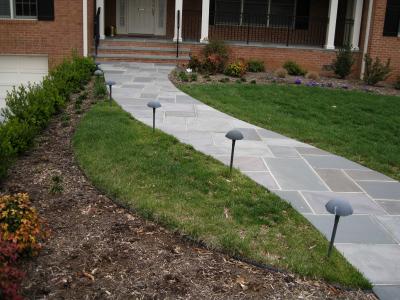 There are not too many things more annoying or physically unappealing than a landscape light fixture that cannot maintain its mounting position especially in the ground. Cheap plastic, dries up over time and breaks leaving the fixture askew or lying on the ground. Ferrous metals literally dissolve into mother earth leaving the fixture in a crumbled heap on the ground. What might even be worse is improper and poor fixture location which is evident in the photo above.
There are not too many things more annoying or physically unappealing than a landscape light fixture that cannot maintain its mounting position especially in the ground. Cheap plastic, dries up over time and breaks leaving the fixture askew or lying on the ground. Ferrous metals literally dissolve into mother earth leaving the fixture in a crumbled heap on the ground. What might even be worse is improper and poor fixture location which is evident in the photo above.
NINE
Overall design flawed
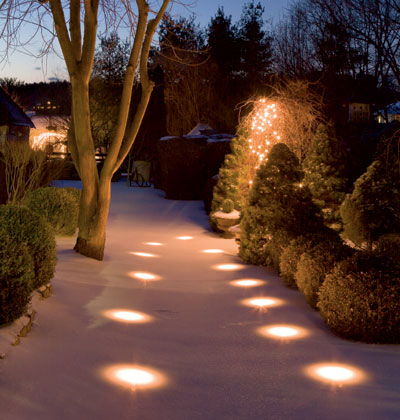 Rather than go over all the bad designs I’ve seen over the years, I’m going to simply and briefly outline the steps I use to properly equip a landscape lighting system. First, we determine the location and qty of the fixtures required to accomplish the desired effects. Knowing the load, I can determine my approximate transformer/s capacity. Knowing the capacity, I can now determine the best location for the transformer/s. Then along with the client’s desires I determine how we are going to switch everything. Let’s just say that the system is going to consist of 120 fixtures. I’m planning on a two zone system split into two separately and independently timer controlled zones in both the front and backyard. I will need two transformers for both the front and backyard. This now lets me determine the correct size of each transformer. Since I am installing an LED system which is extremely energy efficient I will be using both a 600 watt and a 300 watt transformer both in the front and back yards.
Rather than go over all the bad designs I’ve seen over the years, I’m going to simply and briefly outline the steps I use to properly equip a landscape lighting system. First, we determine the location and qty of the fixtures required to accomplish the desired effects. Knowing the load, I can determine my approximate transformer/s capacity. Knowing the capacity, I can now determine the best location for the transformer/s. Then along with the client’s desires I determine how we are going to switch everything. Let’s just say that the system is going to consist of 120 fixtures. I’m planning on a two zone system split into two separately and independently timer controlled zones in both the front and backyard. I will need two transformers for both the front and backyard. This now lets me determine the correct size of each transformer. Since I am installing an LED system which is extremely energy efficient I will be using both a 600 watt and a 300 watt transformer both in the front and back yards.
Several of these topics could merit their own articles, but due to space constraints, I have tried to give you the basics.
This landscape lighting blog is published by Mike Gambino of Gambino landscape lighting inc. all rights reserved. Mike is a professional landscape lighting system designer/ builder and has been designing, installing and maintaining landscape lighting systems for more than 20 years. Mike resides in the Los Angeles area with his wife and 2 sons. To visit his website go to www.gambinolighting.com . To inquire about hiring Mike please click here .
Blog articles may be published with permission on other websites without editing or removing links.




Mark Carlson
Posted at 01:51h, 18 JanuaryAnother excellent article Mike….great insight and I like the level of details you present here, as it is very informative. Thank you for your continued, first-class approach to building consumer and trade awareness.
Mike Gambino
Posted at 03:24h, 18 JanuaryThank you Mark. Other parts of the country might be on hiatus because of the winter season but as you know in California we are going strong.